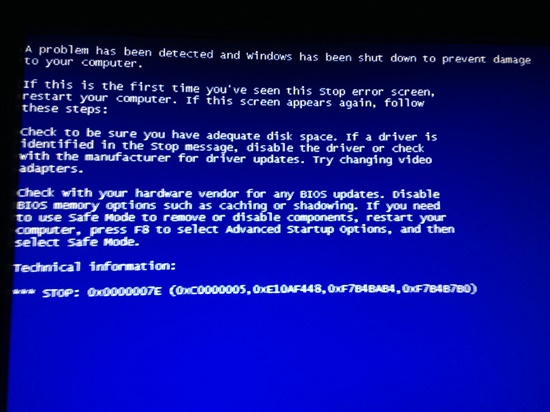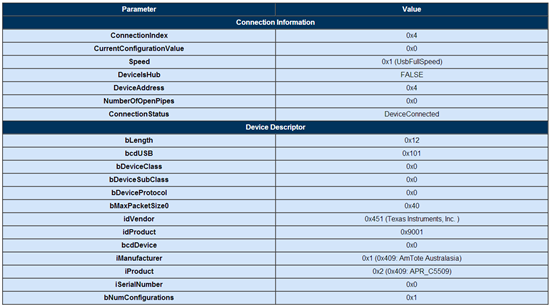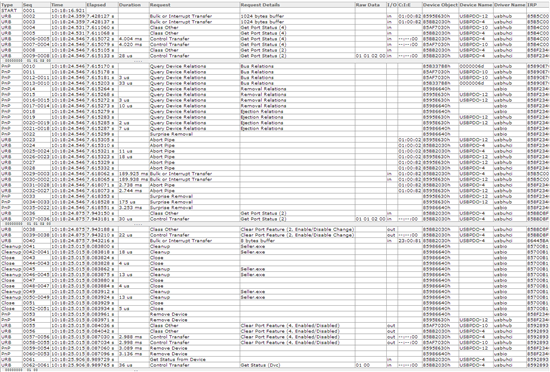I have been experiencing issues when disconnecting one of my devices from the USB Hub. So far I can only duplicate it with one device, and on several ports (some do it more frequently than the others "1/10", and others take much more cycles, "1/50".
The following is the behavior:
1.- Make sure All devices are operational, and that all 3 LEDs from the Hub are on (PortDis, HubConfig, PortPwr).
2.- Disconnect suspicious device from Hub
3.- Hub goes into Suspend mode, and re-initializes.
4.- Hub comes back online, but PortDis is OFF, which means one port has been disabled.
5.- Even though PortDis is OFF, all ports are ON (5VBUS) and all peripherals are operating "normally", even the suspicious one.
After this, occasionally Windows will crash into a BSoD, and it's always one of these 2:
See my schematic attached:
Please note that R81-R87 have been changed to 10K, due to 1.5K not allowing the Hub to boot correctly.
Things I've checked:
1.- I ran the scope on the hub's reset line, the hub's vcc 3.3 line, the 5V line and everything seemed normal.
2.- I did about 200 cycles with the other peripherals and everything worked fine. It is only happening with this particular one.
3.- We have been using this peripheral for about 10 years with all of our other products and none are showing this issue.






